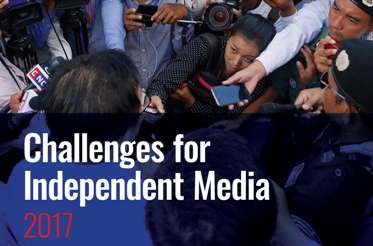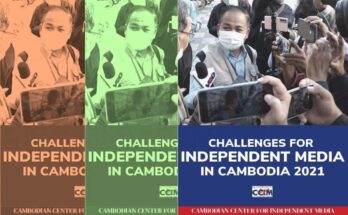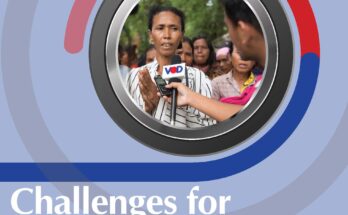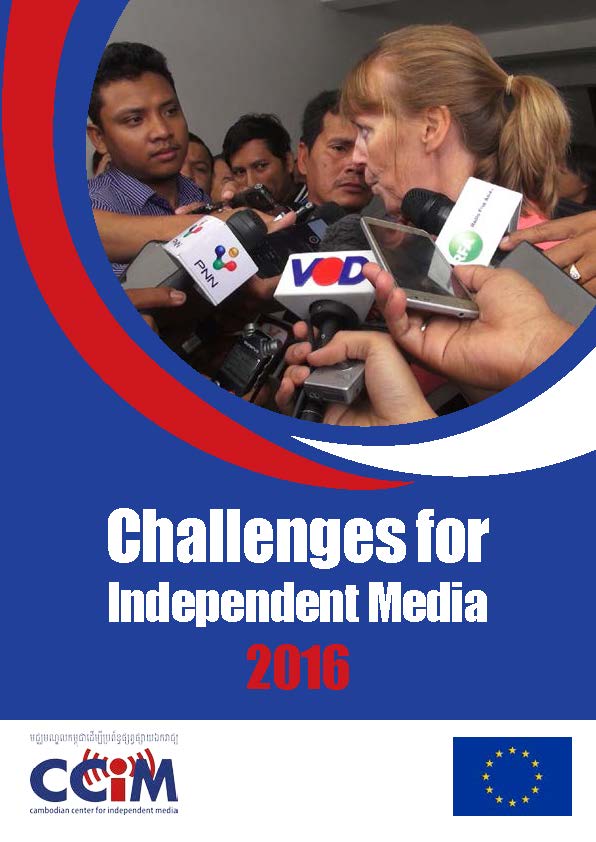Executive Summary: Cambodia’s facade of media freedom collapsed in 2017. Authorities shuttered 32 radio stations carrying opposition, U.S.-funded or independent content,1 hit often-critical media outlets with tax investigations that closed down newsrooms, and threatened and arrested journalists for “incitement” and “espionage” amid heated rhetoric that claimed foreign agents were attempting to topple the government.
A sector that once offered a semblance of democracy with pockets of free and critical news coverage — amid a sea of ruling-party affiliated television and newspapers — has been cut down and left reeling; reporters say they work with a keen awareness that they could be next to be targeted for their work. They say sources are now reluctant to talk, while local authorities have ramped up threats against them.
Consecutive years of journalists expressing hope that Cambodian media was moving in the right direction2 have been overturned; just 11 percent of journalists surveyed this year said the sector was moving in the right direction. About 83 percent said media freedom had decreased over the past year. Many commented that this was so obvious as to make the question ridiculous.
Looking to the future, journalists are unsure whether the year’s turmoil — which 92 percent consider to have been a politically motivated media crackdown — is likely to continue. Some think the turmoil is over: Following the dissolution of the opposition party in November, the ruling CPP had secured a dominant one-party rule with no need to press further, they said.

Separately, a proliferation of digital news outlets has raised both hopes and concerns. More Cambodians are sharing information and opinions on Facebook, but authorities have arrested or sought the arrest of at least seven people this year whom they deemed to have gone too far. The journalists surveyed were split on whether the rise of online information sources was helping media freedom in Cambodia. As news breaks rapidly throughout the day, a cacophony of unverified leaks and reports compete against traditional reporting.
For many journalists in the country, however, life goes on much the same as before. On average, they are mildly satisfied with their jobs (with an average rating of 3.4 out of 5), and are receiving frequent training sessions including from the Information Ministry and ruling party-linked journalists’ unions. At government-aligned newspapers and television stations, reporters typically said they would continue to file stories in the way their superiors demanded: as a showcase of Cambodia’s progress and positive development.
Click here to view the report in pdf file
Click here to view the Khmer version of the report in pdf file.




